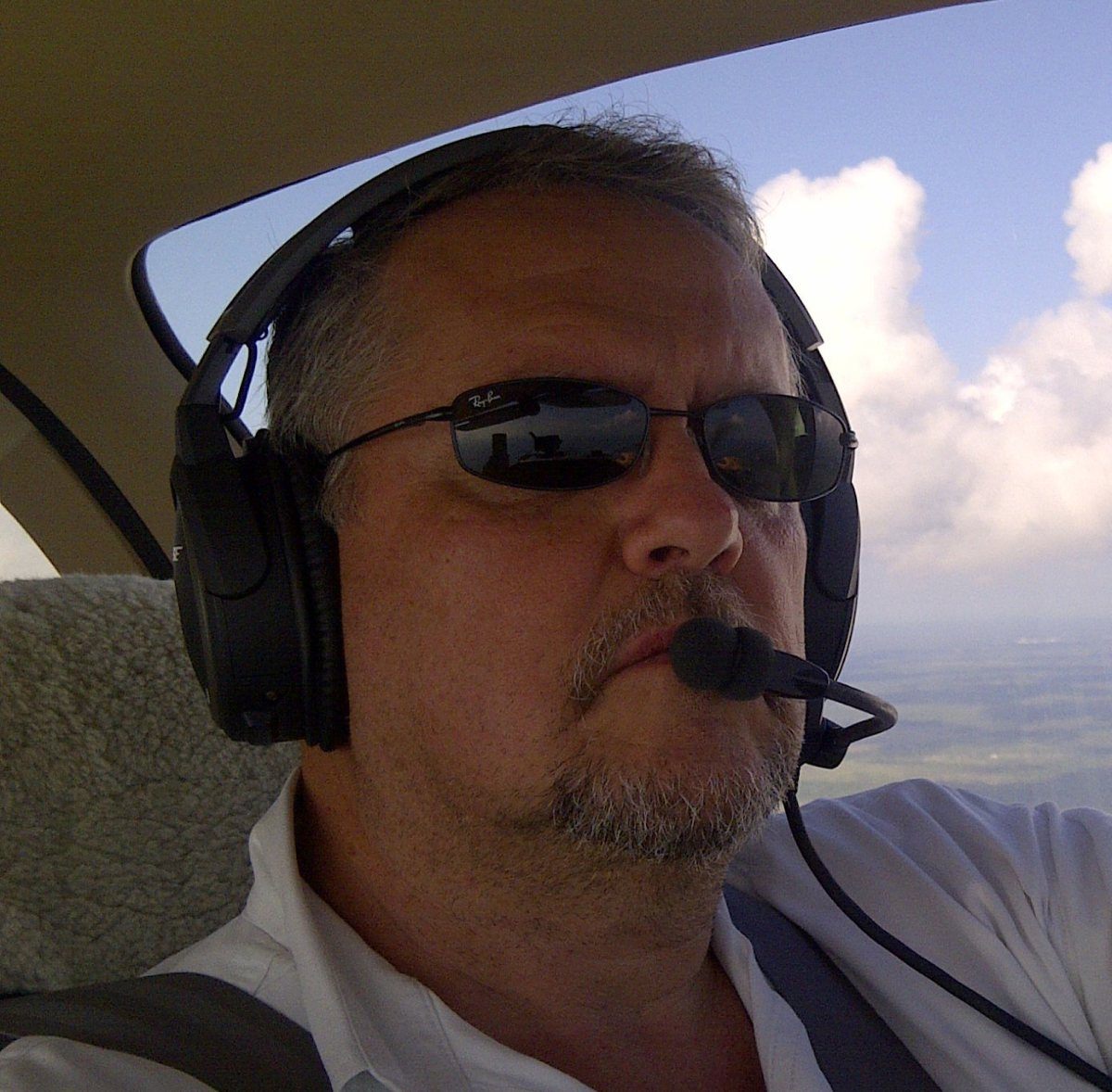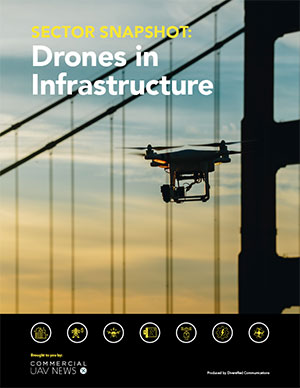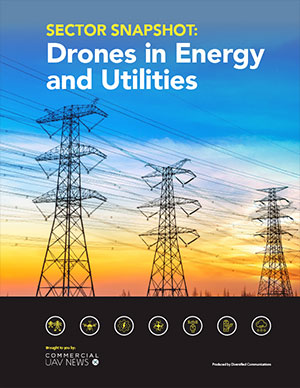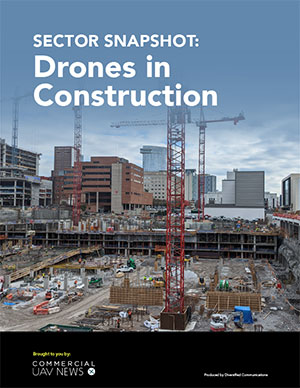Does it make sense to talk about the drone market in Europe? As opposed to the drone market in Germany? Or a global drone market? What do those answers tell us about what it means to better enable large-scale drone projects that improve efficiencies across multiple industries?
I was thrilled to be able to ask drone industry experts those questions and more during a recent Commercial UAV News webinar. They not only answered the questions I had about the present and future of the market and industry, but they addressed many of the ones that came in from the audience, which were focused on everything from distinctions between sales cycles to performance-based risk assessments to national authorities imposing their own regulations.
It’ll get back to the questions about markets, but much like in the United States, the reality of operations across the continent had largely been contingent on regulation. A few years ago, that changed in a big way.
“For some years, the regulation acted as a bottleneck and many of these applications could not be conducted,” said Marc Beltran, CEO at EU Drone Port. “In Europe, everything changed in 2019 when two pieces of regulations were enabled. These were 2019/947 and 2019/945. You can find plenty of materials that fully detail their importance, but if I had to summarize them, I’d say they harmonized and unified standards across the EU member states by defining flight scenarios and classes according to the risk of the operation.”
Those regulations set out the framework for the safe operation of civil drones in the European skies. However, that framework can only be enabled with technology that’s been certified by a neutral certification body like the EU Drone Port. This kind of certification is an essential means of providing the kind of trust that enables entire markets. In the drone industry specifically, that sense of trust allows operators to know they’re buying a quality product but also lets authorities know that their skies are filled with safe aircraft that have all the necessary subsystems to prevent accidents.
Coming off events like XPONENTIAL Europe, it’s clear that understanding has spread across the continent. What events like these also underscore is how these changes have impacted the demand for drone solutions. This change in demand is something that companies like Xer Technologies, which is dedicated to developing and producing heavy-duty drone solutions, have seen in a big way.
“There’s a sense of growing urgency around moving forward in all kinds of sectors, particularly the energy sector,” said Kristofer Skantze, CEO at Xer Technologies. “What’s been most notable is that it's not just about a curiosity factor. Companies are flying drones and are looking for solutions that are scalable and deployment-ready. That’s where things have gotten interesting, because we’re going from simple missions to ones that might have a two-hour flight time, so the demand for something that works now is very real.”
This demand has been made possible by both a more lenient regulatory framework and the growing ease of use afforded by AI technology. However, what exactly does “AI” mean to and for the drone industry? Or for the development of the market, regardless of the location? Panelists had plenty to say on this topic, but the approach to it makes all the difference.
Laurent Zimmerli, VP Customer Experience at Voliro, which creates flying robotic platforms for aerial NDT inspections, mentioned that his company is thinking about how innovations in AI can enable whole new levels of repeatability. What kind of insights would be revealed if an asset could be inspected in exactly the same way every single month? It’s easy to get caught up in these sorts of possibilities, which is why it’s important to stay focused on the essentials.
“What you have to remember about discussions with autonomy and AI is that they’re ultimately about the journey, and there’s just no way to skip the necessary steps on that journey,” Zimmerli said. “And that's where we see a little bit of a disconnect if you move too quickly to take the human out of the loop or get more focused on what the technology could do in the future. We need to allow ourselves to take the steps to get there and to go from simple automation to more complex autonomy.”
I also threw out some questions to the panel about the public perception of drones and the biggest challenges they’ve seen companies struggle with as part of a move from pilot projects to large-scale implementations of the technology, and their answers were revealing. It was the questions about how to look at the drone market in Europe that I was most excited to explore though, and there’s no better person to do that with than Kay Wackwitz, CEO & Founder of Drone Industry Insights.
The Drone Industry Insights team releases reports that explore the drone market from every angle on a regular basis, which includes their recent 2025-2030 Drone Market Report as well as an update on drone funding. So what does all of that research tell us about the reality of the market in Europe in the short and long term?
“We have 1.6 million certified drone pilots in Europe,” said Wackwitz. “Which is quite a big number, but we’re not seeing the fullest extent of integration. There's still a lot of work to be done, but innovations like we’ve talked about with AI will help us get there. We’re still in the early phases and the biggest chunk is yet to come. Once we’re past the chasm you see in just about every technology’s development phase, I think we’ll see a very stable path to growth, not just in in Europe, but globally.”
Those insights as well as ones shared by the other panelists defined the answer to my question at the beginning of this piece. Should we be talking about a European drone market, or a global drone market? Or something much more regional? The answer to these questions is “yes,” which might be simple, but isn’t easy. All of which underscores that success with the technology ultimately has little to do with borders.
Despite the many great advances with drone technology and regulation, there is no “easy button’ when it comes to drone adoption. Making the technology make sense isn’t about where the technology is being used, but about how it’s creating value. Regulation will vary from Delaware to Denmark, but the value is there today, and that value will scale across industries, countries and the entire world. As the panelists detailed though, getting there is more about individual journeys rather than a single path that works for everyone, everywhere.
See the full details shared by each panelist in the on-demand recording and learn more about how these topics and more will be explored at Commercial UAV Forum in Amsterdam.















Comments